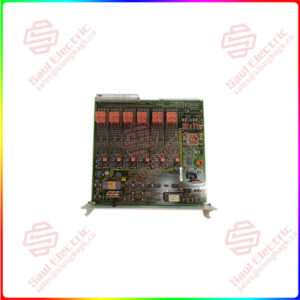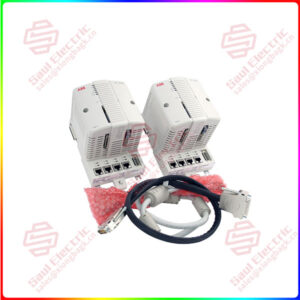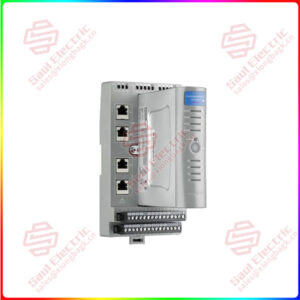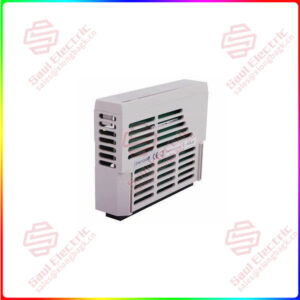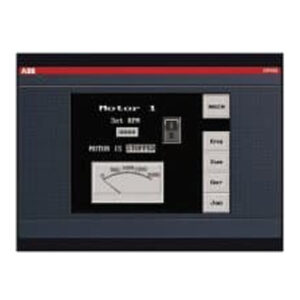Description
Overview
Essential details:EPXPNS001 NETWORK ADAPTER SECURE DEPLOYMENT GUIDE
The EPXPNS001 PROFINET Scanner is a PROFINET I/O device certified by the PROFINET user organization. The network adapter is the head module for the RSTi-EP system bus, to which up to 64 active RSTi-EP modules can be connected. The PROFINET network adapter has two Ethernet ports, and an integrated switch.
The PROFINET Scanner can be accessed with a system-independent web server application via the USB service interface or the Ethernet.
Thus, all information, such as diagnostics, status values and parameters, can be read and all connected modules can be simulated or forced.
The station’s main power supply is integrated in the PROFINET Scanner. Power is supplied via two 4-pole connectors, separated into the input and output current paths.
Caution, the RSTi-EP station is usually installed on a horizontally positioned DIN rail. Installation on vertically positioned DIN rails is also possible. However, the heat dissipation is reduced such that the derating values change (refer to the section, Thermal Derating.
Modules should to be allowed to de-energize for a minimum 10 seconds after power down, prior to starting any maintenance activity.
The PROFINET Scanner cannot be hot-swapped. Refer to the RSTi-EP Slice I/O User Manual (GFK-2958) for additional information.
Refer to the RSTi-EP Power Supply Reference Guide, a software utility available on PME V9.00, for detailed power-feed requirements.
Module Features
▪ Supports up to 64 active RSTi-EP modules
▪ Spring-style technology for ease of wiring
▪ DIN rail mounted
▪ Double-click installation for positive indication of correct installation
▪ Built-in Web Server for diagnostic information and firmware update through Ethernet and micro USB port
▪ Supports Media Redundancy Protocol (MRP) Client mode operation
▪ Support for daisy-chain/line, star, or ring (MRP) technologies
▪ Two switched Ethernet ports; 8-conductor RJ-45 shielded twisted pair 10/100 Mbps copper interfaces
▪ Fast start-up < 500 ms with a maximum of 10 modules
The PROFINET Scanner can be accessed with a system-independent web server application via the USB service interface or the Ethernet.
Thus, all information, such as diagnostics, status values and parameters, can be read and all connected modules can be simulated or forced.
The station’s main power supply is integrated in the PROFINET Scanner. Power is supplied via two 4-pole connectors, separated into the input and output current paths.
Caution, the RSTi-EP station is usually installed on a horizontally positioned DIN rail. Installation on vertically positioned DIN rails is also possible. However, the heat dissipation is reduced such that the derating values change (refer to the section, Thermal Derating.
Modules should to be allowed to de-energize for a minimum 10 seconds after power down, prior to starting any maintenance activity.
The PROFINET Scanner cannot be hot-swapped. Refer to the RSTi-EP Slice I/O User Manual (GFK-2958) for additional information.
Refer to the RSTi-EP Power Supply Reference Guide, a software utility available on PME V9.00, for detailed power-feed requirements.
Module Features
▪ Supports up to 64 active RSTi-EP modules
▪ Spring-style technology for ease of wiring
▪ DIN rail mounted
▪ Double-click installation for positive indication of correct installation
▪ Built-in Web Server for diagnostic information and firmware update through Ethernet and micro USB port
▪ Supports Media Redundancy Protocol (MRP) Client mode operation
▪ Support for daisy-chain/line, star, or ring (MRP) technologies
▪ Two switched Ethernet ports; 8-conductor RJ-45 shielded twisted pair 10/100 Mbps copper interfaces
▪ Fast start-up < 500 ms with a maximum of 10 modules
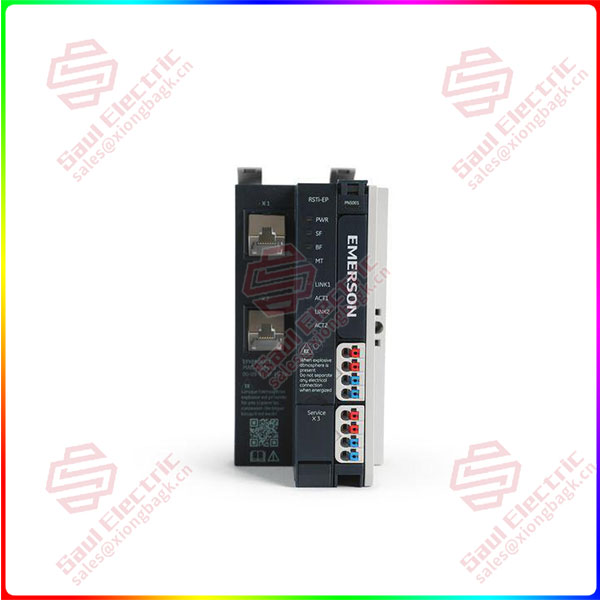
EPXPNS001
lf you need to inquire or purchase ,please send the product models to my email or call medirectly .
sunny He
[Email] sales@xiongbagk.cn
[Mobile] 86-18059884797
[WhatsApp] 86-18059884797
[Skype] sales@saulcontrol.com
EPXPNS001 NETWORK ADAPTER SECURE DEPLOYMENT GUIDE


 1 Year Warranty
1 Year Warranty
